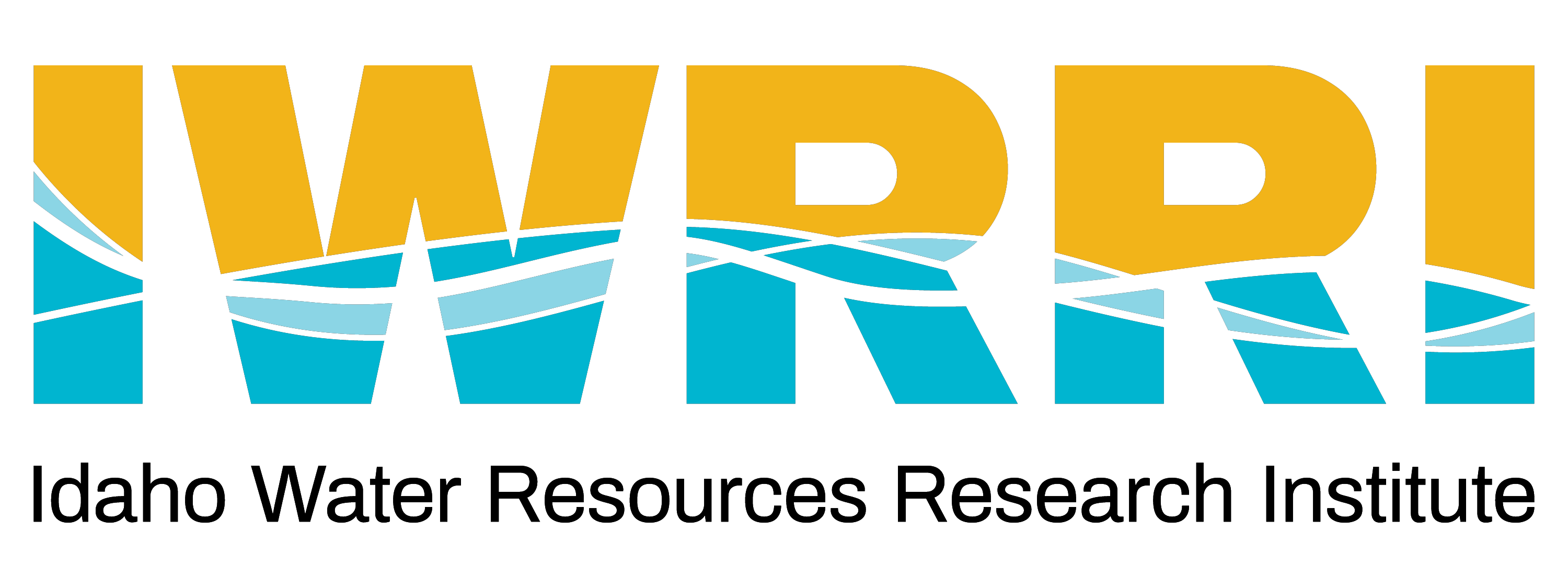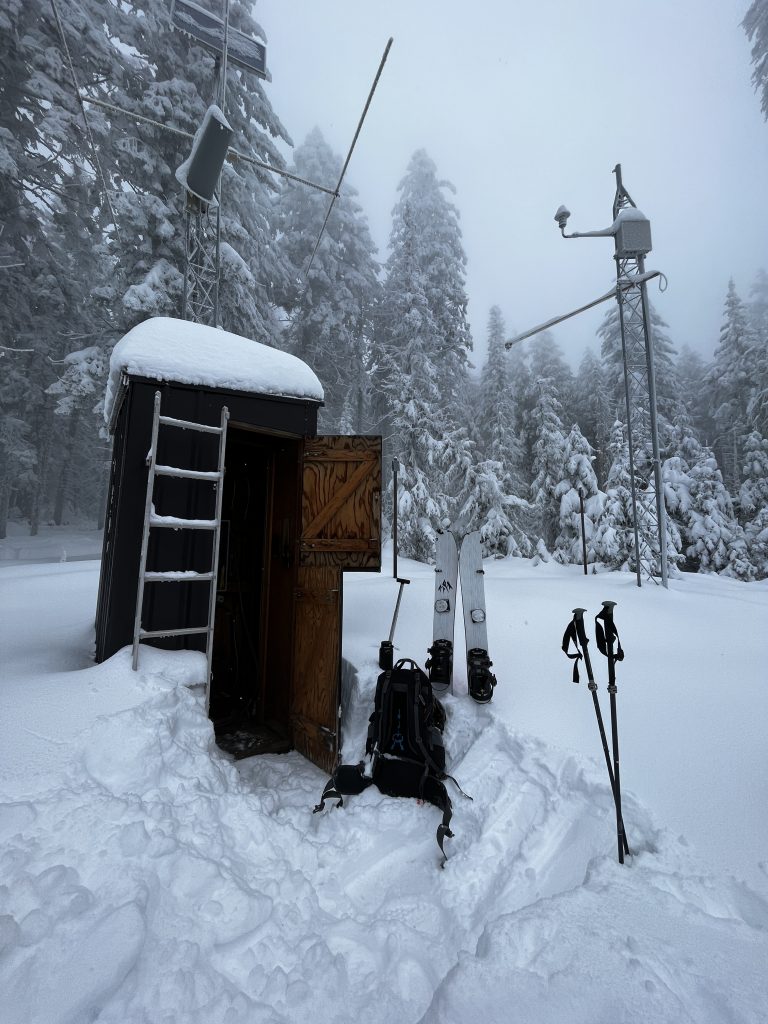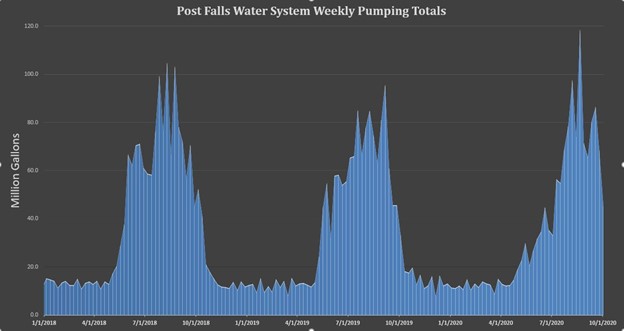By Mark Getscher, hydrogeologist for the Coeur d’Alene Tribe
More than a century after “The Big Burn” of 1910 scorched over three million acres across northern Idaho and western Montana, its legacy continues to flow through the streams and rivers of the Coeur d’Alene Basin. While most remember the fire for its devastation and heroism, far fewer realize its silent and lingering impact on water quality.
High-intensity wildfires combust vegetation and organic soil layers, converting them into ash. This ash is rich in nutrients, especially phosphorus, a key element in aquatic productivity. Studies show that wildfire ash can contain up to 9.9 grams of phosphorus per kilogram, and that a substantial portion can leach into runoff during rain or snowmelt events (Pereira et al., 2014). Once mobilized, this phosphorus enters nearby tributaries and eventually makes its way into downstream water bodies.
In the Coeur d’Alene watershed, including the St. Joe River, St. Maries River, and the streams flowing into the southern portion of the lake, this legacy ash was deposited into the soil and gradually buried beneath forest regrowth. Over time, erosion from snowmelt, storms, and land disturbance reactivates these historic phosphorus stores, flushing them into the waterways. In this way, the watershed becomes a long-term memory of that fire.
More recent land-use activities have amplified this legacy. Clear-cut logging and aggressive forest management practices increase soil exposure and decrease root cohesion. Without protective tree cover, bare soils are vulnerable to erosion, particularly on steep slopes. Research in Pacific Northwest forests finds logged areas exporting 1.6 to 3 times more nutrients via runoff than intact forest stands (Ice et al., 2004). These practices expose ash-rich soils and accelerate nutrient transport to rivers and lakes.
Evidence from the U.S. Geological Survey supports this concern. Phosphorus loading into Coeur d’Alene Lake has increased since the early 1990s. The fraction of incoming phosphorus retained in the lake rose from 42 percent in 1991–92 to 62 percent by 2004–06, suggesting growing upstream contributions (Wood, 2008; Clark & Mebane, 2014).
The consequences are significant. Elevated phosphorus levels can lead to eutrophication, excessive algal growth that clouds the water, depletes oxygen, and harms aquatic life. In Coeur d’Alene Lake, these blooms can also disturb legacy mining sediments, releasing heavy metals like lead, cadmium, and zinc from the lake bottom into the water column.
To better understand and manage this complex nutrient web, the Coeur d’Alene Tribe launched a comprehensive nutrient source inventory. The ongoing research is to identify both natural and human-driven nutrient sources and will ultimately guide management efforts such as restoring riparian buffers, improving wastewater systems, and refining forest practices.
Watersheds remember. They carry the imprint of fire, forestry, and development, not just in soil and sediment, but in the chemistry of the water itself. By unraveling the threads of that history, we can protect Coeur d’Alene Lake not only from the past but for the future.
References
Clark, G.M., & Mebane, C.A. (2014). Sources, Transport, and Trends for Selected Trace Metals and Nutrients in the Coeur d’Alene and Spokane River Basins, Northern Idaho, 1990–2013. U.S. Geological Survey Scientific Investigations Report 2014–5204, 62 pp.
Wood, M. (2008). Recent USGS Studies in Coeur d’Alene Lake. U.S. Geological Survey Idaho Water Science Center — Nutrient retention increased from 42% in 1991–92 to 62% in 2004–06.
Pereira, P., Úbeda, X., & Martin, D.A. (2014). Fire effects on soil and post-fire vegetation recovery in forest ecosystems: A review. Science of the Total Environment, 478, 498–513. Ice, G.G., Neary, D.G., & Adams, P.W. (2004). Effects of wildfire on soils and watershed processes. Journal of Forestry, 102(6), 16–20.






